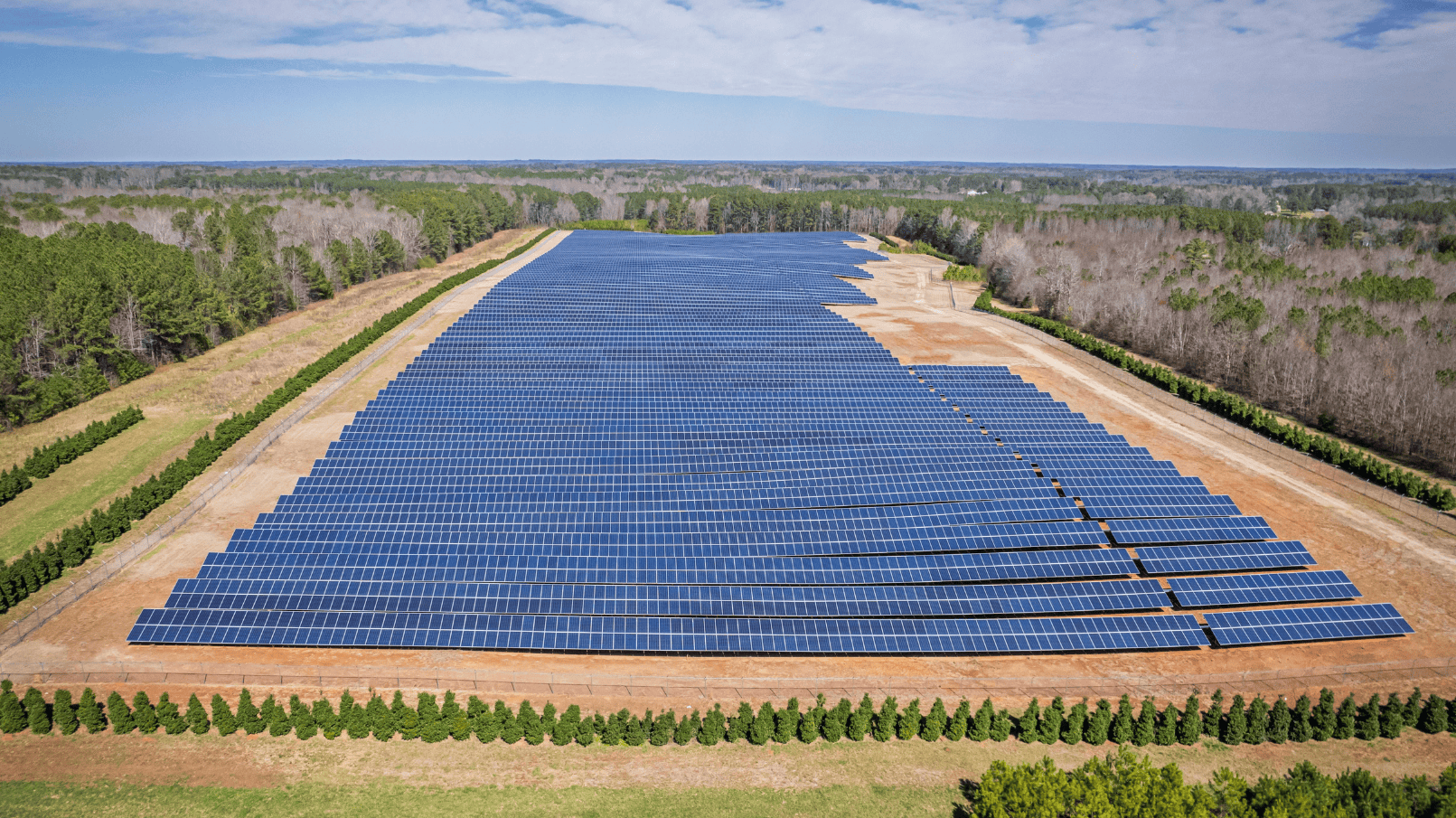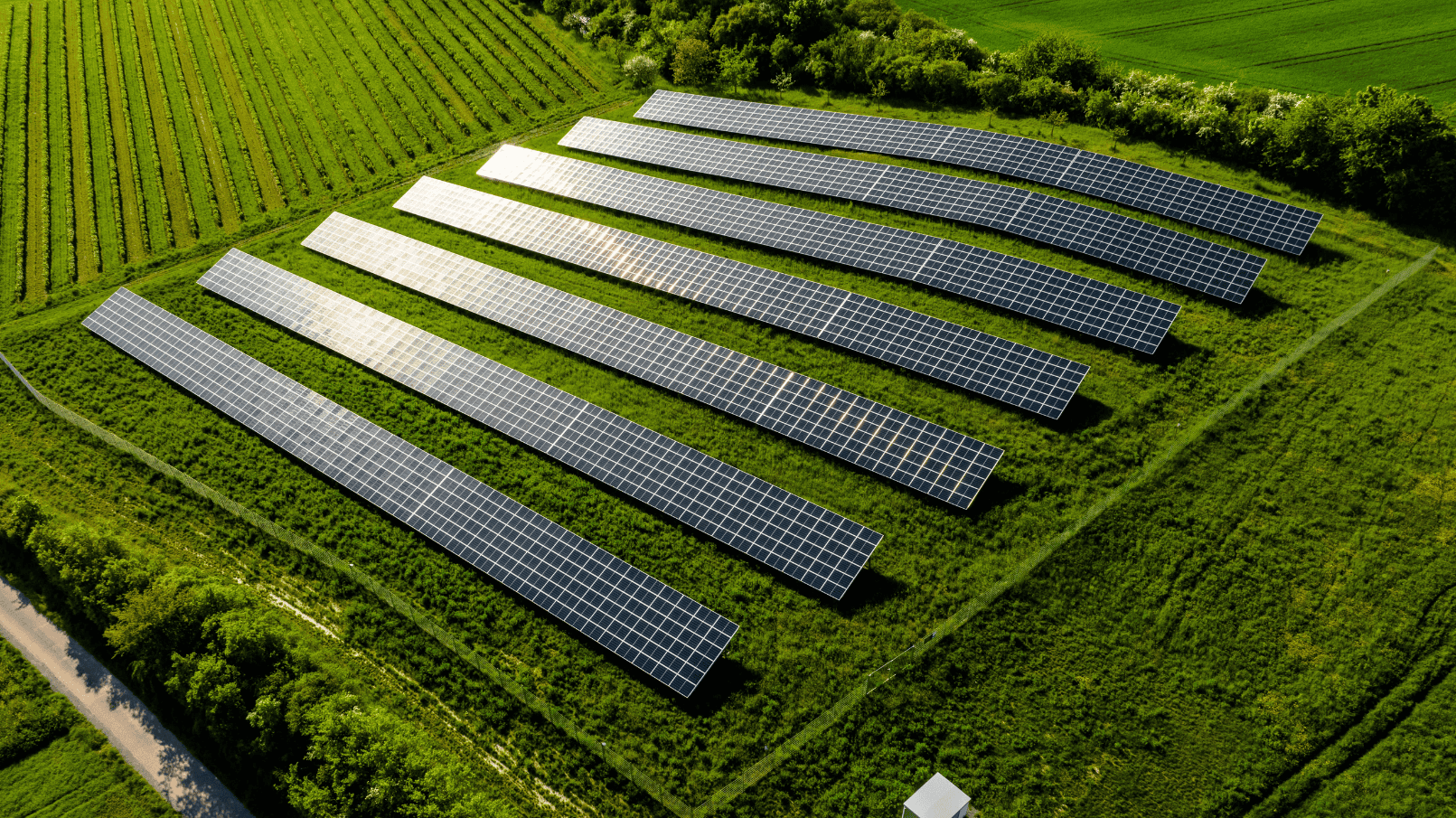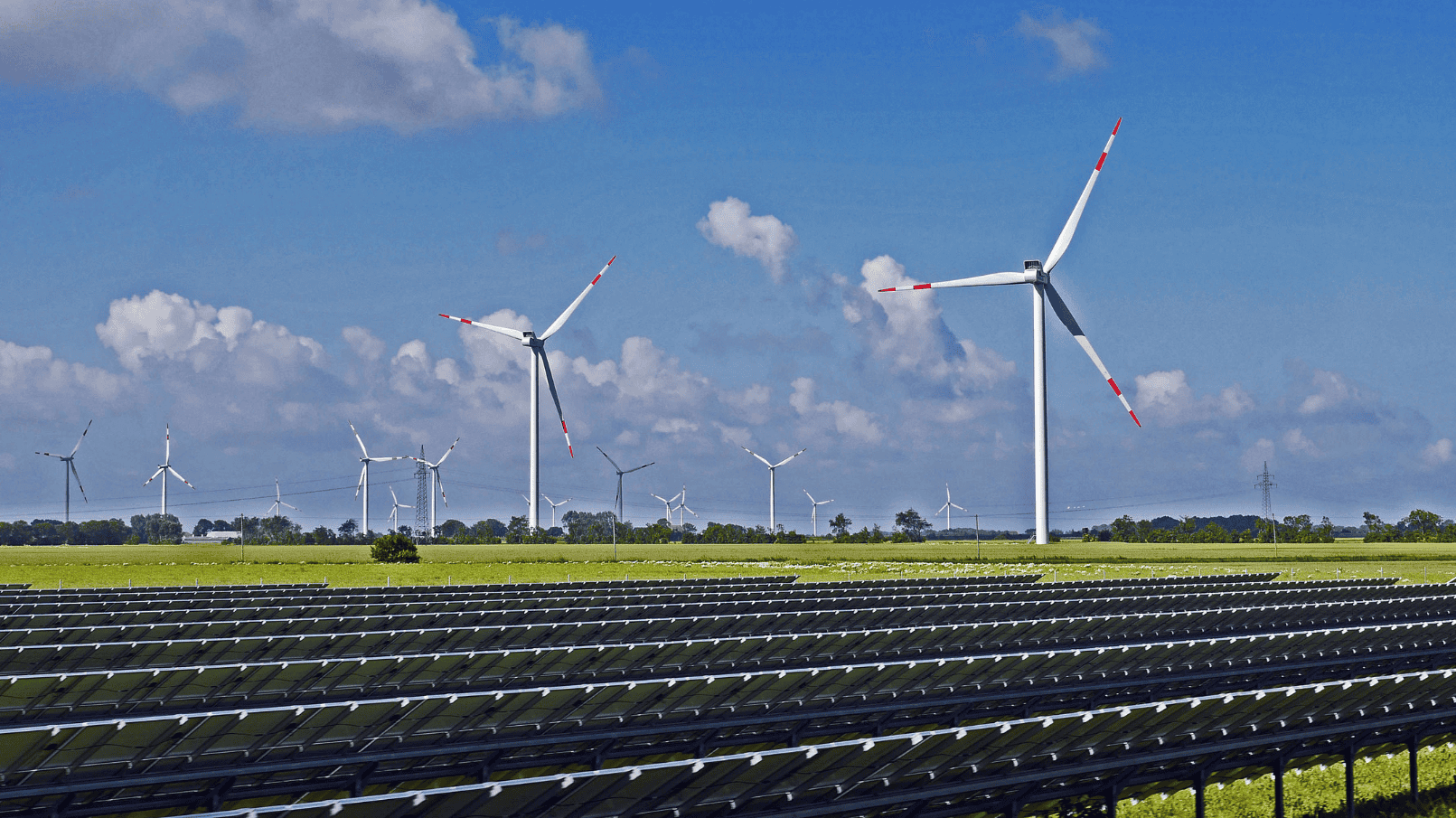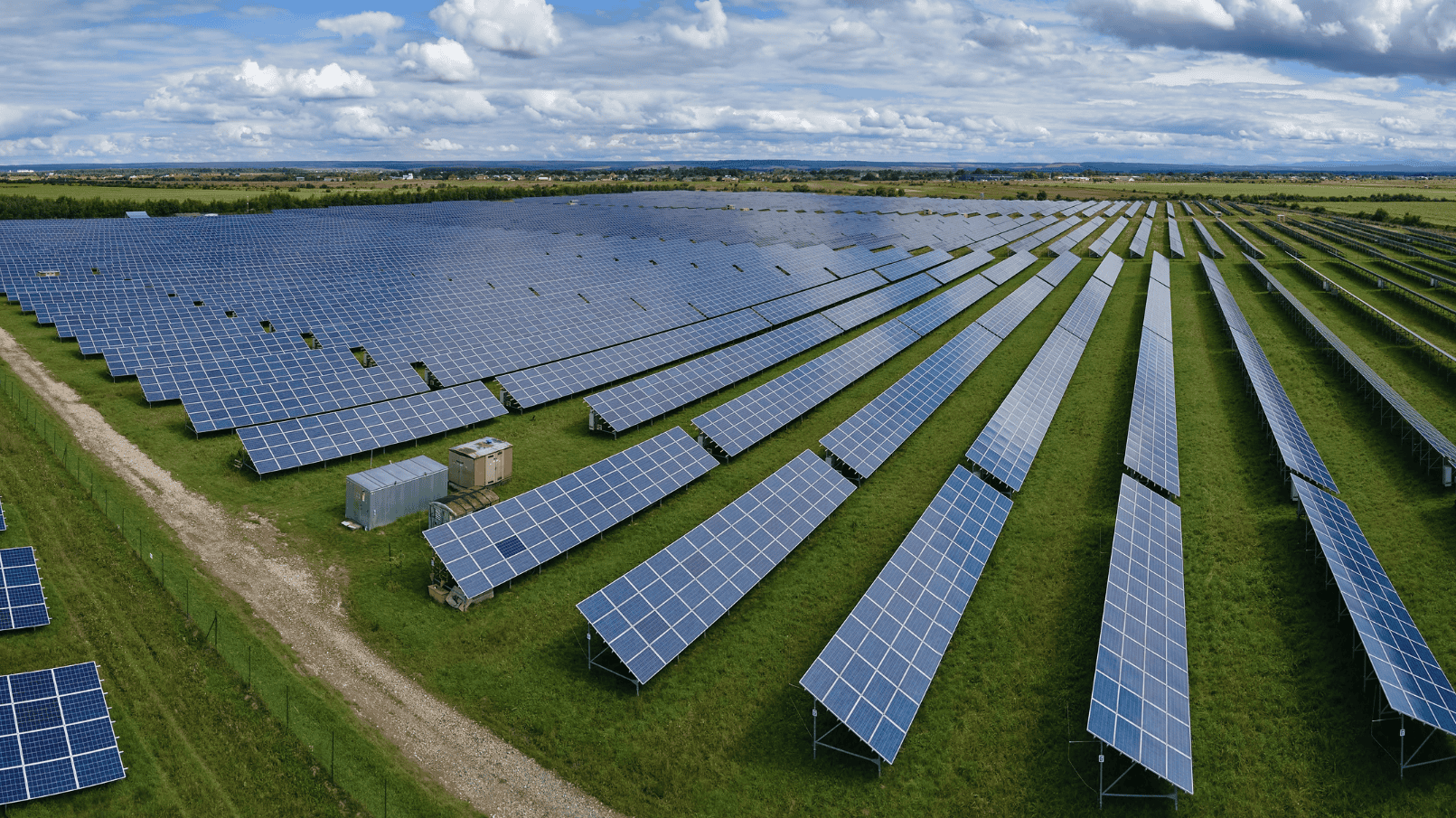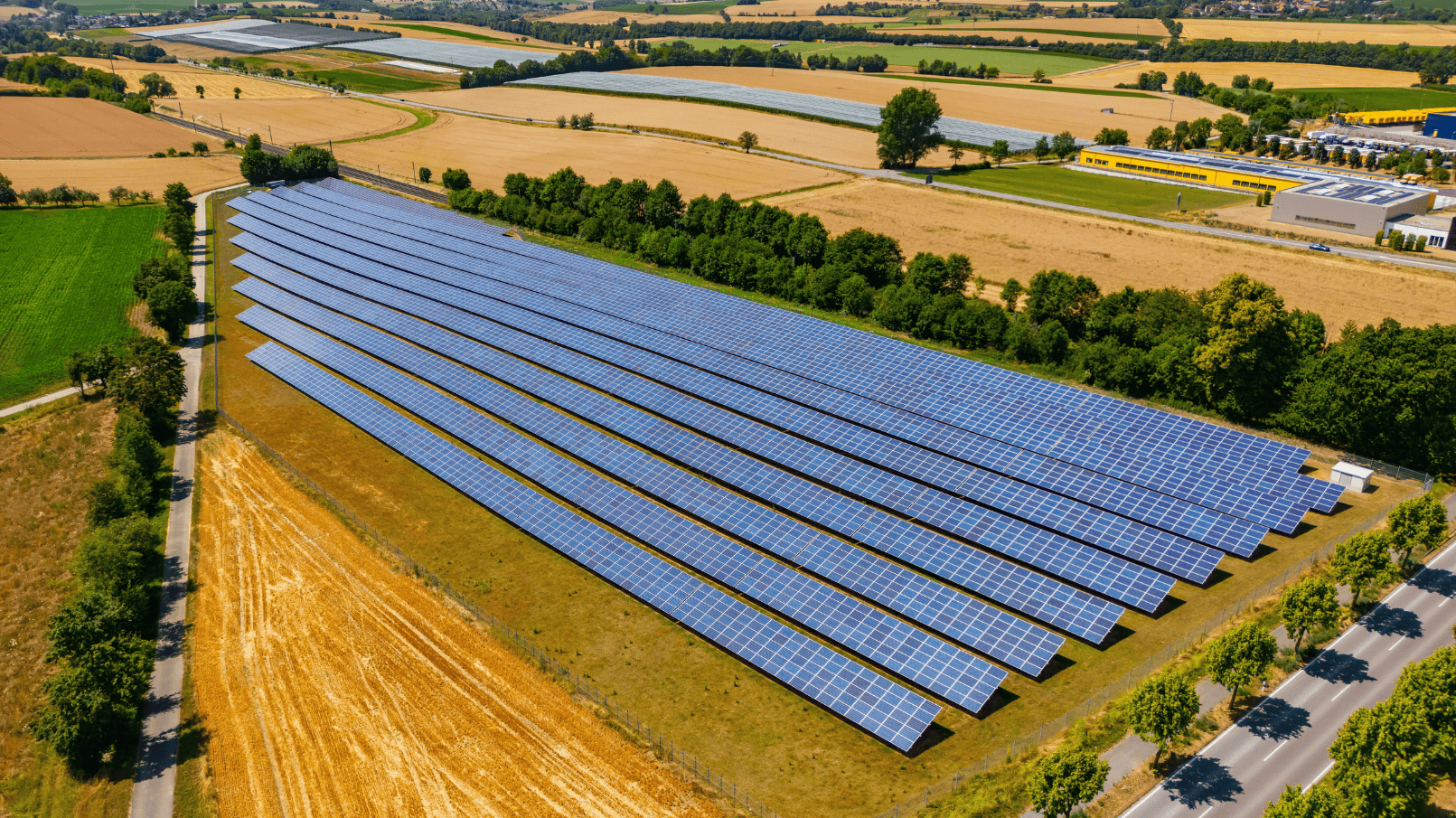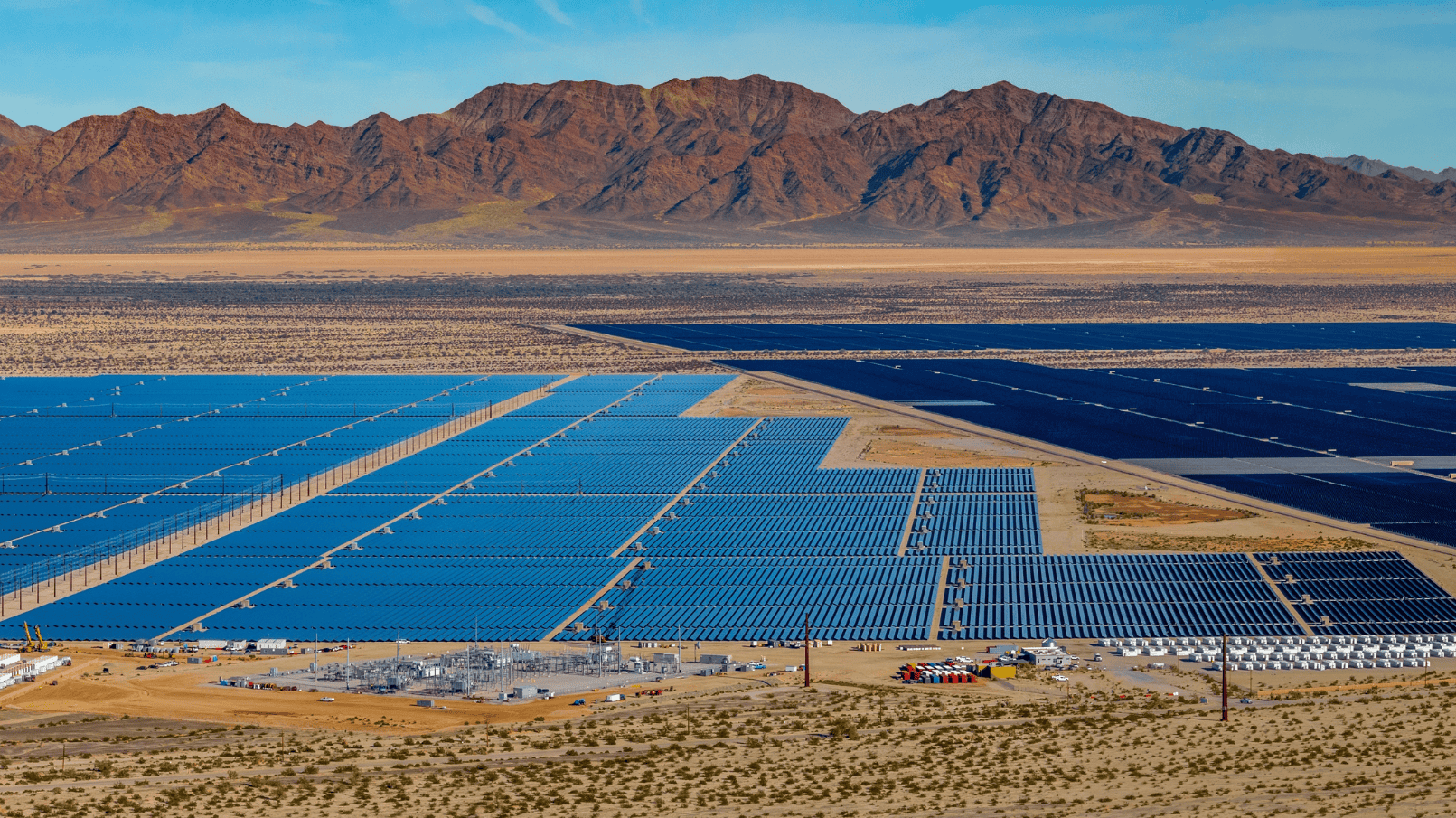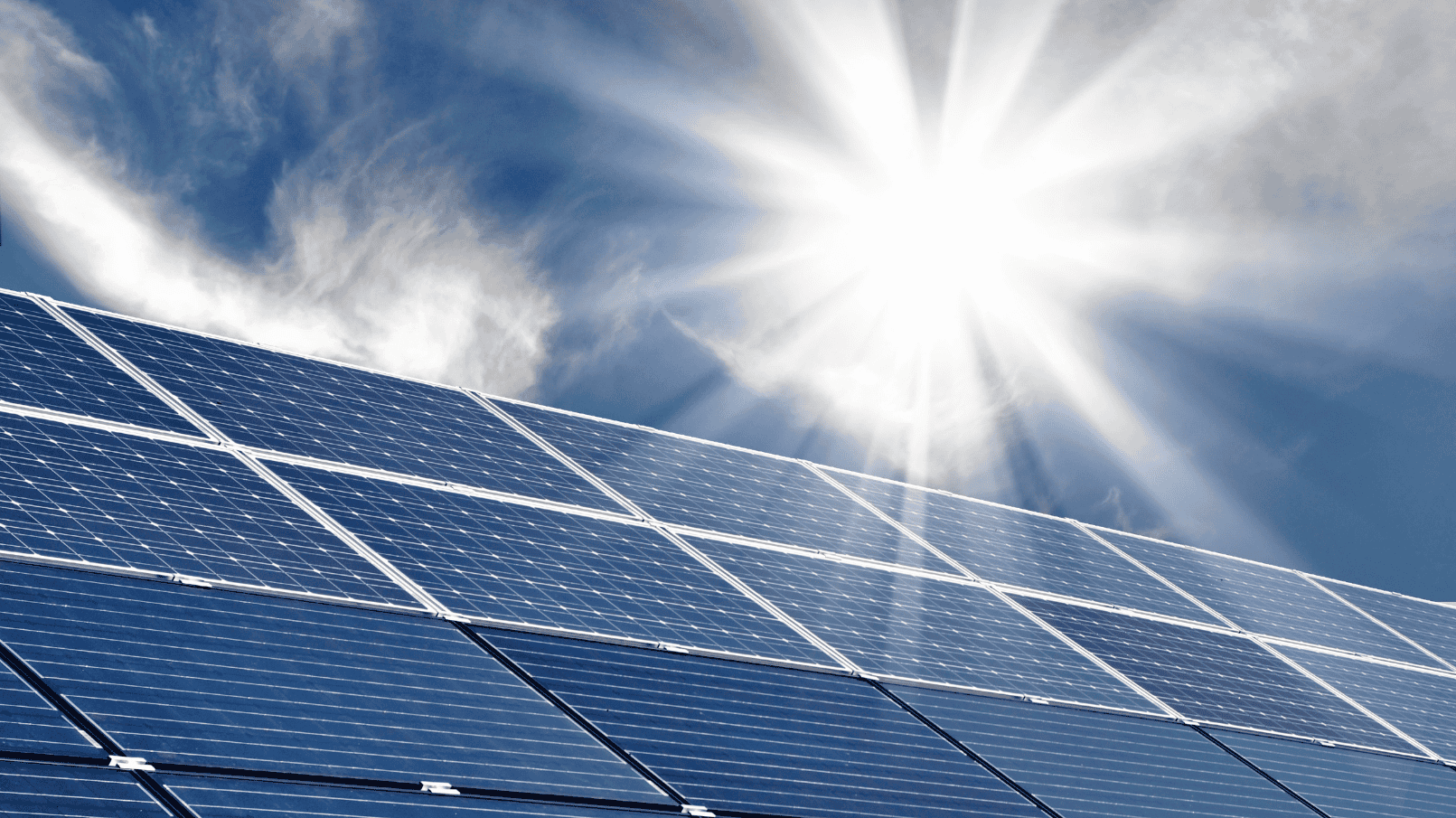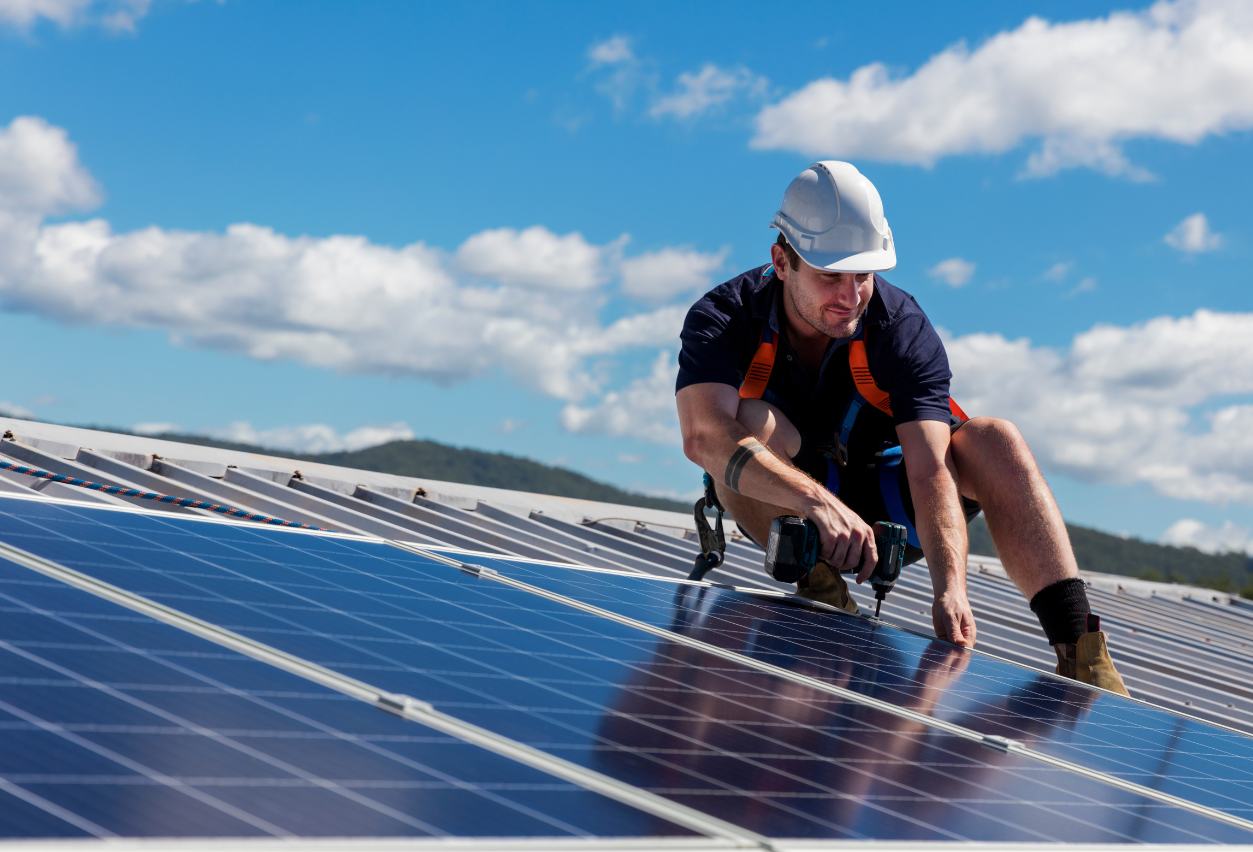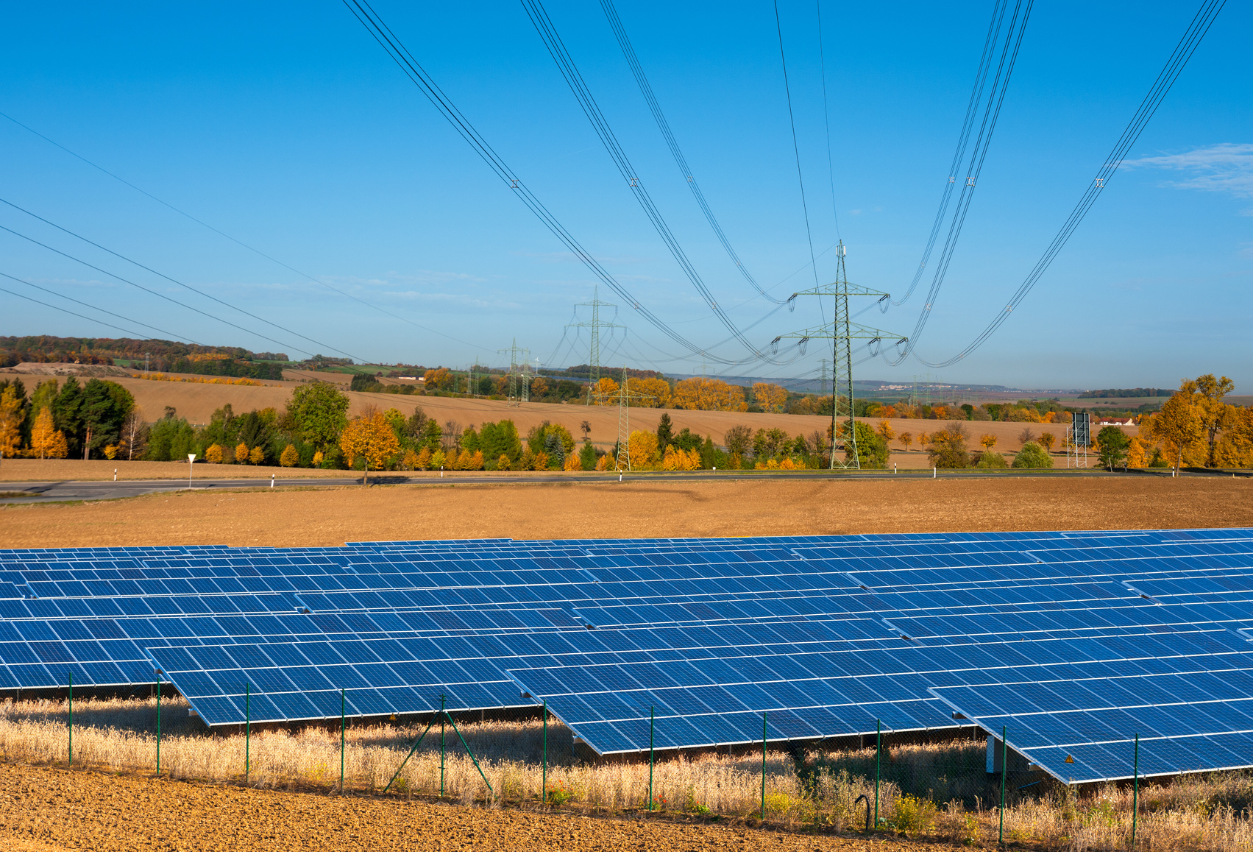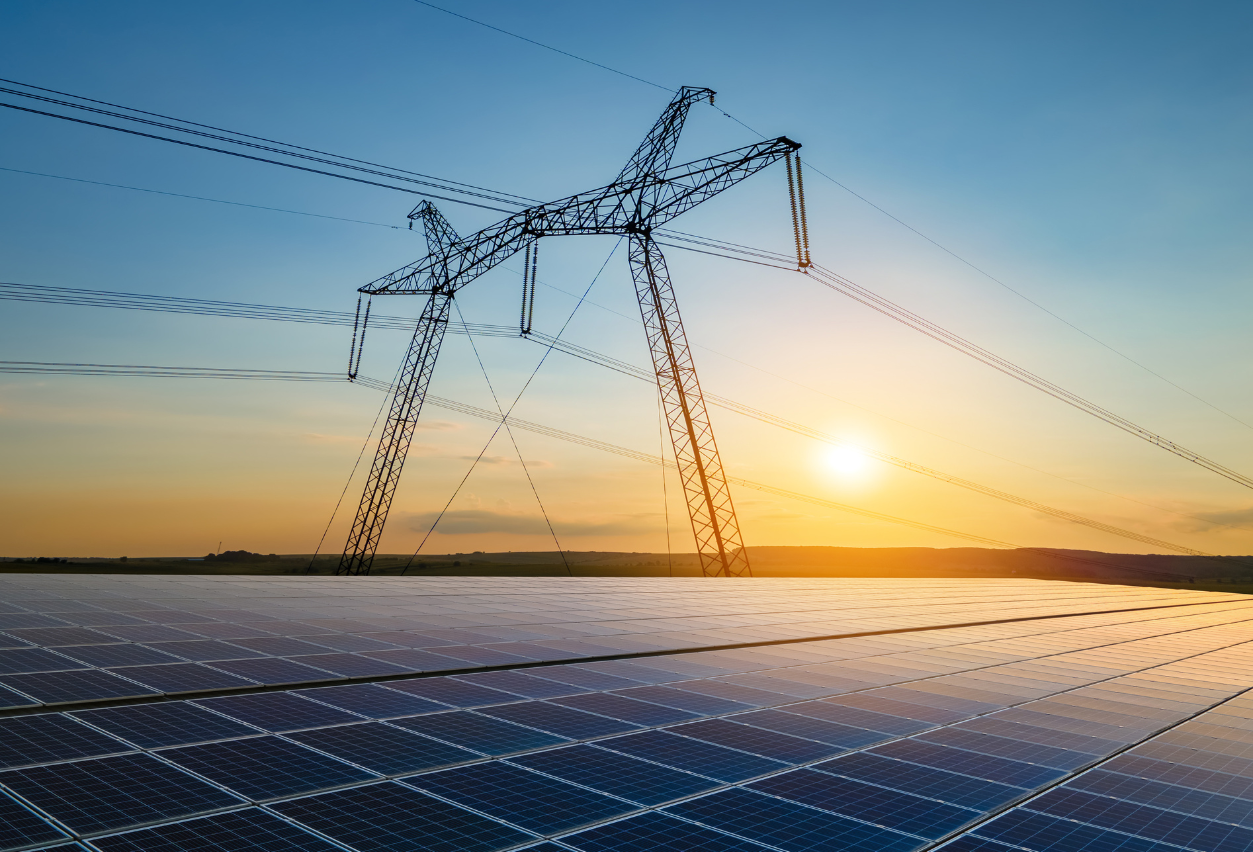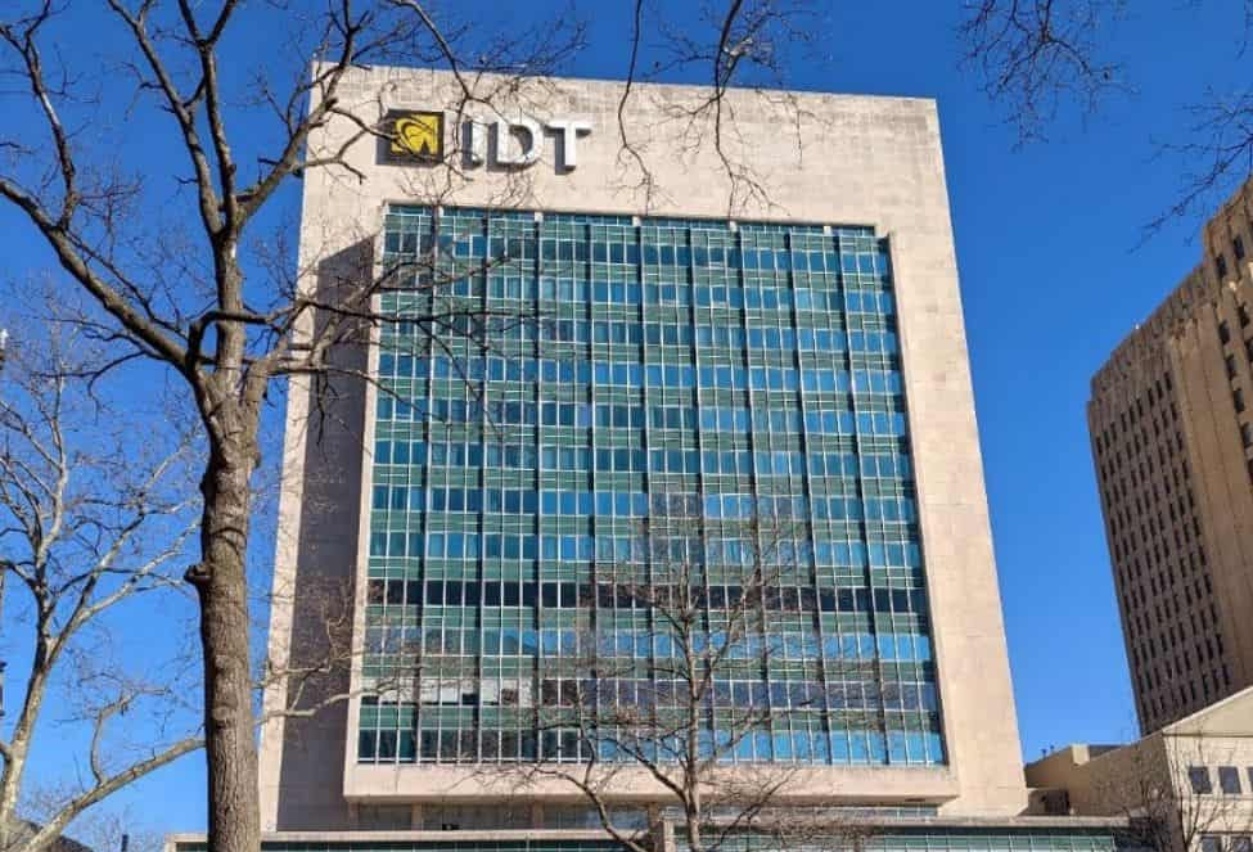Many businesses use MARCS depreciation, or the Modified Accelerated Cost Recovery System, to model how an asset will depreciate. Solar has a 5-year cost recovery period. Bonus depreciation allows an investor to recognize 100% of the depreciation in the same tax year the system is placed in service. Currently, in 2022, the basis of depreciation of qualifying solar equipment is 87% – there is 13% deducted from the overall project costs to account for half of the ITC.
As of January 1, 2023 the bonus depreciation will again drop – this time to 80% to be depreciated in year 1.
Bonus Depreciation Schedule:
| Tax Year | Year 1 Depreciation Amount |
| 2022 | 100% |
| 2023 | 80% |
| 2024 | 60% |
| 2026 | 40% |
| 2027 | 20% |
History
Bonus depreciation was a response to the economic downturn of 2008, when Congress wanted to incentivize capital investment by accelerating the depreciation schedule economywide. The Tax Relief, Unemployment Insurance Reauthorization, and Job Creation Act of 2010 allowed companies to claim 100% bonus depreciation on qualifying capital equipment – if placed in service by December 21, 2011. It then dropped to 50%. In 2017, The Tax Cuts and Jobs Act of 2017 increased the bonus deprecation percentage to 100% for qualified property that is placed in service before Jan 1, 2023.
MARCS Depreciation:
| Tax Year | % Depreciation |
| Year 1 | 20% |
| Year 2 | 32% |
| Year 3 | 19.2% |
| Year 4 | 11.5% |
| Year 5 | 11.5% |
| Year 6 | 5.8% |
For businesses considering going solar, they must act quickly to capture 100% bonus depreciation. Projects must be 100% complete and placed in service to capture the 100% bonus depreciation. With longer than normal interconnection timelines and supply chain disruptions, projects should start in April to ensure they are completed in time.

